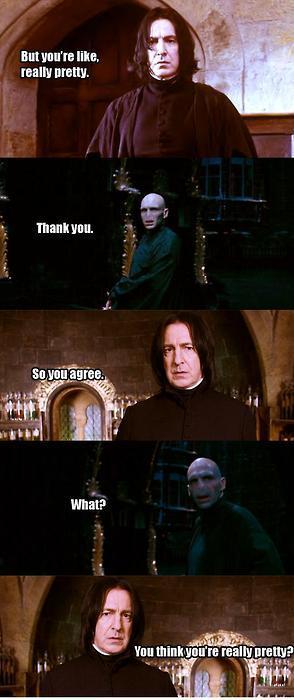
This means the shades will convey the warmth and depth of fall: pumpkin, mustard, cider, harvested vegetables, olives, cinnamon, red wine, chocolate. Note that the opposites include light, cool pastels of Spring and Summer that should be avoided, such as ice blue, light lemon, pale pink, and mint green.ĭeep Autumns are exactly what the name sounds like - the colors of a Thanksgiving meal in a deep forest where leaves have fallen. However, the colors are rich given the warmth of the hues. Lastly, Deep Autumn colors have a neutral chroma, meaning its colors are neither extremely muted nor extremely bright. Deep Autumn colors are mostly darker in value on a scale of light to dark. (If you are still confused, this list of Deep Autumn celebrities may help you decide.)ĭeep Autumns have a warm hue, which means their colors are moving towards red on a scale of red to blue but not extremely warm. If spicy oranges work for you and your hair is more warm than grayish and ashy, you are a Deep Autumn! If you are on the fence, as I was for some time, two easy ways to figure out if you are a Deep Winter or a Deep Autumn are to: (1) define your hair as more warm or ashy toned and (2) to determine whether you can wear spicy oranges like pumpkin or terracotta. The biggest differences are that Deep Winter will have a higher contrast of dark and light features, as well as cool tones. The appearance of rich brown tones do prevail.ĭeep Autumn can be confused with Deep Winter, which is similarly deep and rich.

#Am i a true autumn skin#
The overall contrast of skin to eyes and hair is somewhere in the middle, with neither an extremely low or high contrast. First, let's briefly talk about the basics of a Deep Autumn to set the framework.įirst, let's briefly talk about the basics of a Deep Autumn to set the framework.ĭeep Autumns usually have brown (light or dark), hazel, or green eyes and warm-toned brown or black hair (with hints of red or gold).


 0 kommentar(er)
0 kommentar(er)
